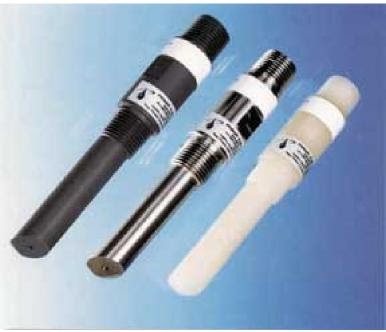Chemical injection Quill: An injection quill also known as a chemical injection quill or injector, is a device that is used to introduce chemicals into a pipeline or vessel. It is typically made of stainless steel or other corrosion-resistant material and has a small diameter, typically 1/8″ to 1/2″. The quill is inserted into the pipeline or vessel through a drilled hole and is then secured in place with a threaded fitting.
The injection quill has a small hole at the end that allows the chemical to be injected into the fluid stream. The chemical is then distributed throughout the pipeline or vessel by the fluid flow. You can rfer the bio coupons from this source.
Injection quills are typically used to inject chemicals for a variety of purposes, including
- Corrosion control
- Scale inhibition
- Biofouling control
- PH adjustment
- Defoamant injection
- Antifreeze injection
Chemical Injection quills are a versatile and effective way to introduce chemicals into a pipeline or vessel. They are relatively inexpensive and easy to install, and they can be used to inject a wide variety of chemicals.
The angle at which a quill or corporation stop is inserted into a pipe to inject chemical is important for effective, efficient chemical feed. The orientation of the quill is also important (i.e., whether the 45° angled end faces upstream or downstream).
Chemical Injection quill installation
Corporation Stops
Corporation stops are used for feeding chemicals into a liquid phase. When used for feeding acid into a horizontal pipe, the corporation stop should be installed in the 4 o’clock or 8 o’clock position midstream.
Chemical Injection Quill into Liquid Stream
When installing an injection quill into a horizontal liquid stream, it should be installed in the 6 o’clock position and a minimum of 3 feet or 8 pipe diameters upstream of any elbow or bend. The 45° angled end should face downstream. The end of the injection quill should be at midstream or at least 2 inches from the bottom of the pipe for larger pipes.
Chemical Injection Quill into a Vapor Stream
When installing an injection quill into a horizontal vapor stream, it should be installed in the 12 o’clock, 3 o’clock, or 9 o’clock position and a minimum of 3 feet or 8 pipe diameters upstream of any elbow or bend. The 45° angled end should face upstream
Chemical Injection Quill Vertical Piping
When dealing with vertical piping, the angle of installation does not matter (e.g., 12 o’clock, 4 o’clock). The orientation of the injection quill does still matter (e.g., 45° angled end facing upstream or downstream).
Chemical Injection Quill design standard
API 674: This standard covers the design, materials, and testing requirements for injection quills used in the oil and gas industry.
ANSI/ISA-78.00.01: This standard covers the design, materials, and testing requirements for injection quills used in the process industries.
MSS SP-69: This standard covers the design, materials, and testing requirements for injection quills used in the chemical industry.
BS 8062: This standard covers the design, materials, and testing requirements for injection quills used in the UK.
These standards typically specify the following design criteria for injection quills:
- Material: The injection quill must be made of a corrosion-resistant material that is compatible with the chemical that will be injected
- Diameter: The injection quill must have a small diameter to minimize the pressure drop in the fluid stream.
- Length: The injection quill must be long enough to ensure that the chemical is distributed throughout the fluid stream.
- Surface finish: The injection quill must have a smooth surface finish to minimize the risk of corrosion and blockage.
- Testing: The injection quill must be tested to ensure that it meets the design requirements.
It is important to follow the relevant design standard when selecting and installing an injection quill. This will help to ensure that the injection quill is safe and effective for the intended application.
